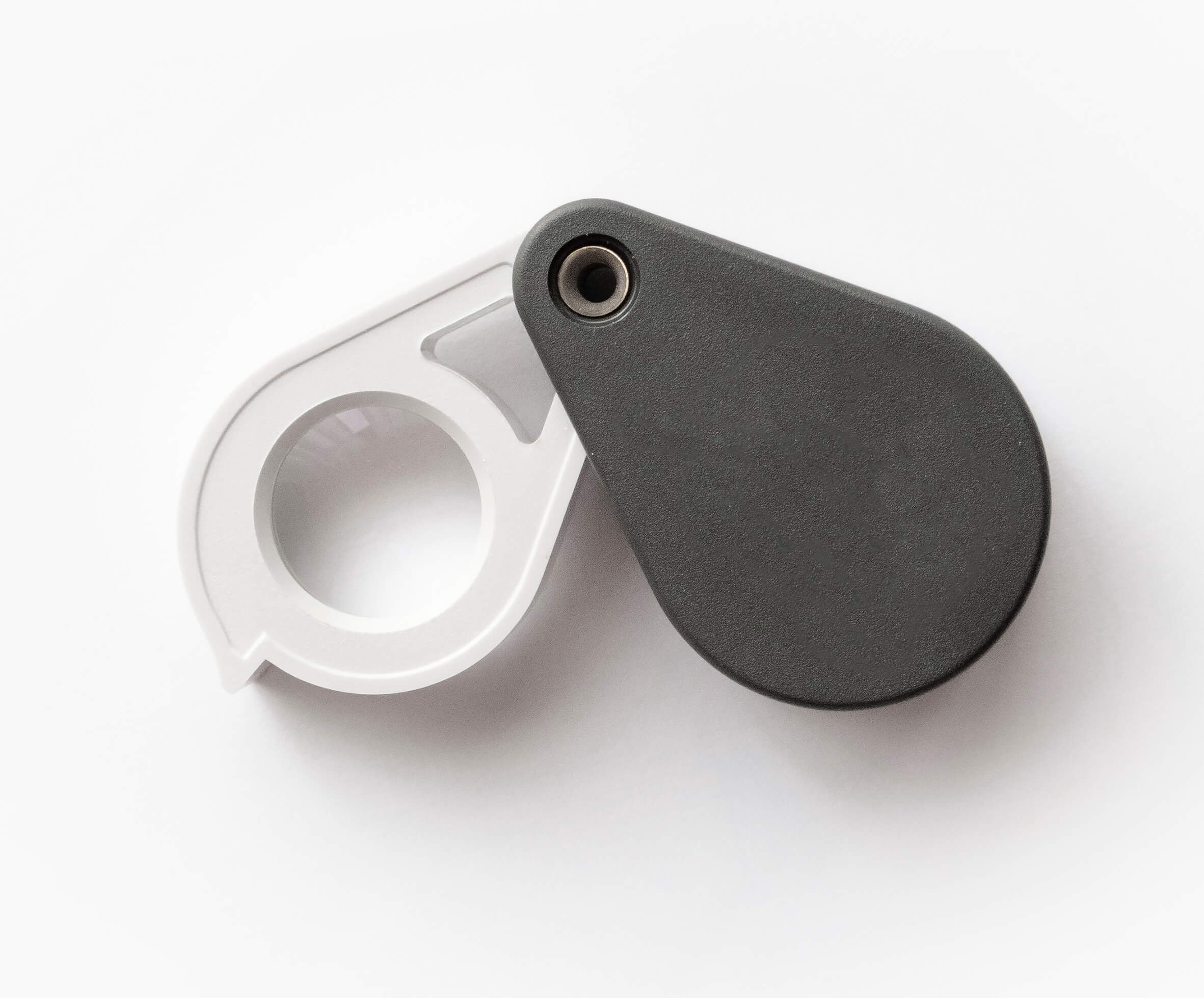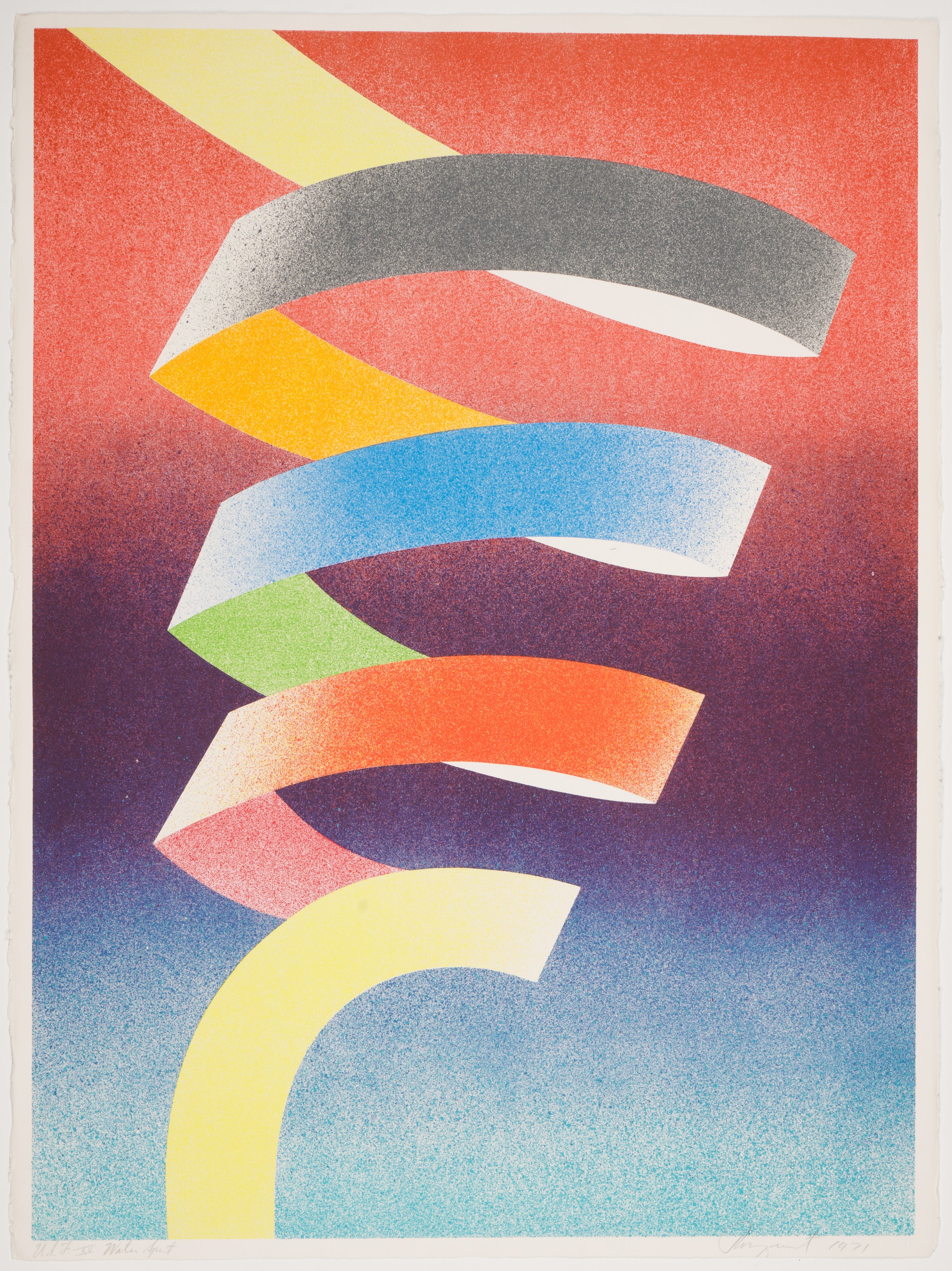How to Identify A Lithograph
In this video Vallot Auctioneers demonstrates the dot pattern in a photomechanical reproduction as opposed to the sold printed colors (above) of a fine art print (lithograph).
Are you an art enthusiast or collector who wants to learn how to identify a lithograph? In this post, Vallot Auctioneers will get you started with all the information you need to identify an original lithograph or serigraph as opposed to a photomechanical reproduction. We'll also distinguish some difference between a lithograph and a serigraph, another popular fine art print making technique.
How to Identify a Lithograph Using Tools
What Tools do I Need to Identify A Lithograph?
Identifying fine art works on paper, especially lithographs, requires a keen eye and a few simple tools. Here are the tools you'll need to accurately identify a lithograph:
Magnifying Glass: A magnifying glass allows you to find the best areas of a print to examine more closely and to see how the observations you make under a loupe look at lower magnifications.
Loupe: A loupe is similar to a magnifying glass, but a higher magnification level. Use your loupe to look for plate impressions, dye patterns or in the case of the video in our blog post the tell tale dot pattern that will distinguish a common decorative print, like a poster, from a fine art print like a lithograph or serigraph.
Light Source: Good lighting is crucial when inspecting a lithograph. Use a well-lit room, or a high powered mounted light (best to keep both hands free) to ensure that you can see all the fine details on the surface of the print.
James Rosenquist “Water Spout.” Lithograph. 1971.
Blind stamp is observable with a magnifying glass and a bright raking light. With a loupe you can see this is an original lithograph.
What are the two Main Types of Lithographs?
There are two main types of lithographs: hand-drawn lithographs and photo offset lithographs. Hand-drawn lithographs are created directly on the stone or plate by an artist, the printing technique repeats the handmade production process. Photo mechanical offset lithographs are copies of an original artwork that are printed using a mechanical process.
Understanding the Basics of Lithography
In order to understand how to identify a lithograph, one must understand the process by which a lithographic print is made. Lithography is a printing process that involves creating an image on a flat surface, such as a metal plate, limestone and sometimes other materials like mylar. The image is made using a greasy crayon or ink. When the surface is wetted and inked, the ink sticks to the greasy parts and is repelled by the wet areas. This allows for the transfer of the image onto a rubber blanket or another transfer medium and then onto paper.
Photo Mechanical or Offset lithographs
Here we are referring to the reprographic printing techniques used to reproduce an artwork. A common example would be a poster or postcard that reproduces a painting. These reproductions can sometimes appear to be an original lithograph or other fine art print, however, with a few careful observations they can be detected.
We recommend starting with the “signature” while posters are reproductions they are sometimes hand signed, a reproduced signature under a magnifying glass or loupe will show a dot pattern and you will not be able to see, under your magnifying glass, the impression of a pencil or the bleed of a pen.
If the signature is original move to the lighter colors in the print. If the colors are solid and opaque and do not break into a dot pattern or pixels then you have a fine art print, possibly a lithograph or another fine art printing technique, but an artwork that was created using a printing technique vs. an artwork that was copied by mechanical reproduction.
Th dot pattern of a photomechanical print (poster) evident under a loupe.
Vallots’ lead auctioneer, Michael Dym, demonstrates this effect in the attached video. He suggests practicing with a loupe and magnifying glass on posters, cereal boxes, record album covers, etc for the various dot patterns you will encounter in reproductions before examining artworks.
Lithograph being hand-pressed
In-depth into Serigraphy: How it Differs
When it comes to serigraphy, also known as screen printing there are several key differences that set it apart from lithography. Serigraphs are printed through screens, and give the flexibility of the screens, typically silk, they can be printed on various materials not just paper but fabric, wood, metal, vinyl etc. The creation process of a serigraph involves layering different colors one by one, by pulling the ink through the screens. Serigraphs are typically more opaque and the ink build up is greater.
Serigraph (Screenprint) Process
Get a Free Art Evaluation on your Fine Art Prints from a Local Auction House
Contact Vallot Auctioneers to do a Free Evaluation
Discover the authenticity and value of your lithograph or other fine art prints by contacting Vallot Auctioneers. We have 35 years of experience handling, identifying and authenticating prints in a vast range of techniques, mediums, periods and eras for estates and collectors. Vallots offers free evaluations in Rhode Island, Massachusetts, Connecticut and throughout New England, and if you decide to sell, we know how to get you the highest value for your fine artworks on paper.






